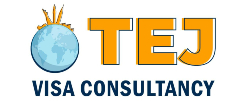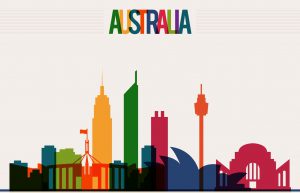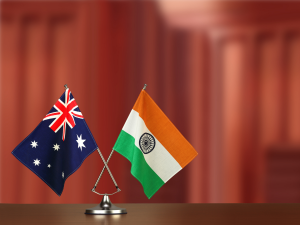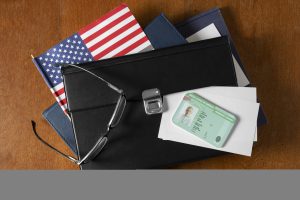British Columbia’s new guidelines will limit international student enrolment
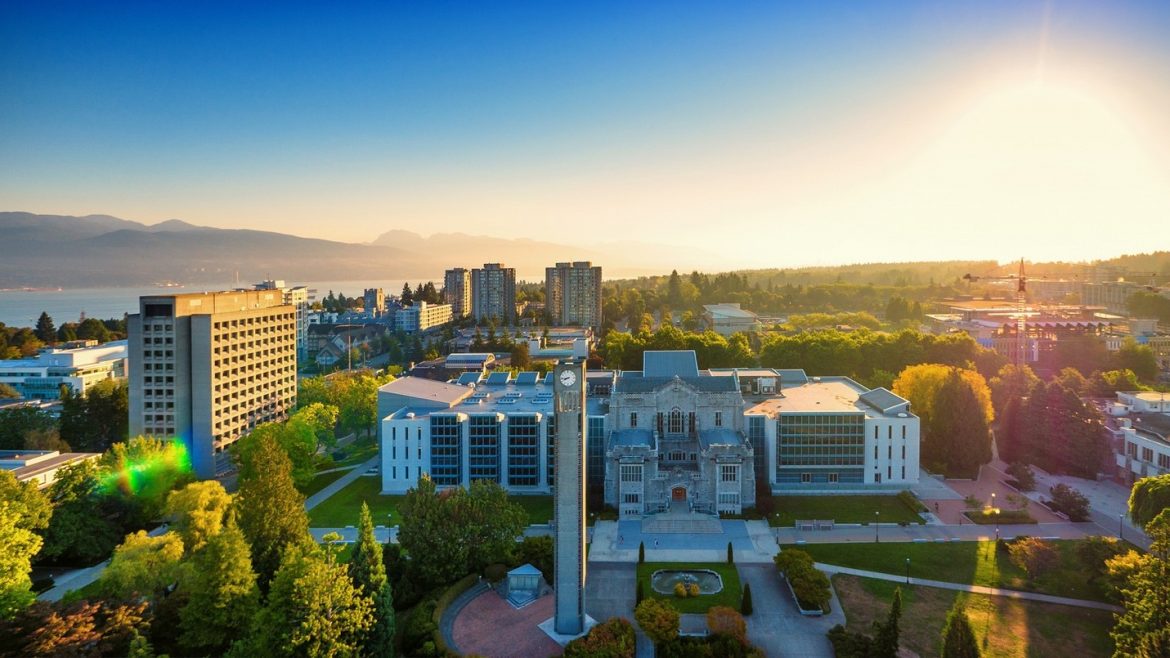
- British Columbia has implemented new regulations that will limit the number of overseas students enrolled in public institutions to 30%, improving the standard and openness of education.
- The Ministry of Post-Secondary Education and Future Skills in British Columbia has implemented fresh policies aimed at enhancing the integrity of the region’s program for foreign students.
- For designated learning institutions (DLIs) in the province, the Ministry is putting in place additional safeguards and improved requirements, such as the Education Quality Assurance (EQA) code of practice.
- One of the three primary goals of the EQA is to cap the number of international students enrolled at an institution to thirty percent of all students. Only the province’s public DLIs will be subject to this limit; private DLIs will not be affected.
- Many of the 25 public post-secondary institutions in British Columbia were already below the 30% enrolment level for overseas students, according to a Ministry representative.
- The Ministry did not clarify if the 30% cap is on top of the present provincial limit set by the quantity of Provincial Attestation Letters (PALs) given this year, but it did say that the attestation letter distribution helps fund international student programs at public DLIs.
- In order to accomplish the goal and handle any financial ramifications, the Ministry will collaborate with universities to give them time to modify their student recruitment strategies. The new guidelines’ list of international education strategic plans will be used by the institutions to talk about threshold-meeting tactics.
- A total of 83,000 PALs were allotted to British Columbia for 2024. Following the announcement of a cap on the number of study permits the department will process over the next two years, Immigration, Refugees and Citizenship Canada (IRCC) introduced these letters as a new step in the application process for a study permit in Canada. These letters verify that a student has been accepted to a DLI in the province.
- Based on population, a province is assigned a certain amount of PALs; British Columbia is the third most populous province in Canada. In 2024, public post-secondary institutions in British Columbia will receive 53% of PALs, while private universities will receive 47% of PALs.
Fees that are transparent for international students
- In order to help prospective students budget for their time in Canada, DLIs in British Columbia will be forced to publicize tuition rates for the whole time a student is enrolled in classes.
- International education makes a substantial economic contribution to Canada. Spending by international students reached above $37 billion in 2022. According to Statistics Canada, the average tuition paid by overseas undergraduate students in the 2023–2024 school year was $38,081. Presently, 111,900 foreign students are enrolled in public universities in British Columbia.
Fulfilling requirements
- The province’s institutional quality assurance criteria, which apply to both public and private universities accepting international students, must be met or exceeded by the institutions as part of the EQA.
- These requirements include creating strategic plans for international education, enhancing housing supports and student services, and making sure that neither domestic nor Indigenous students are relocated.
- The province launched the International Framework Measures in January of last year, and these standards expand upon them. The actions included bolstering compliance and enforcement efforts, enhancing monitoring of private institutions, and halting the increase in DLIs. Phase 2 refers to the new measures.
- DLIs that follow the guidelines will be designated as EQAs; those that don’t will not be able to admit overseas students and will lose their EQA certification.
